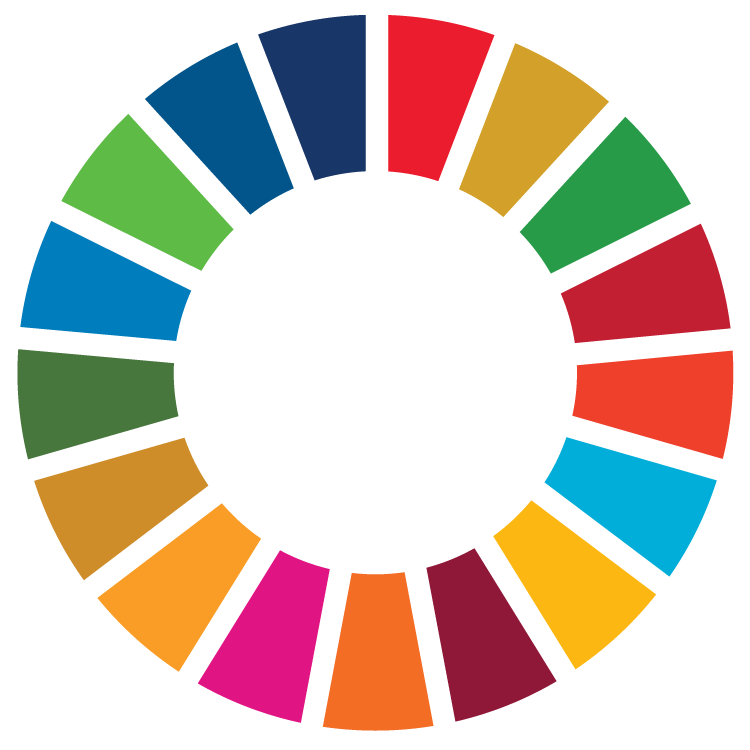Freshwater biodiversity is in serious decline in many parts of the world
When you pick up a bottle of water in a supermarket, you can reasonably expect it to be safe to drink because you know that it has been manufactured to certain approved standards. Likewise, if you go swimming in a municipal pool you assume that the water is safe to swim in and chlorinated in line with health and safety guidelines.
Until recently, however, policymakers have not had clear guidelines on how to manage and maintain freshwater systems in the face of human population growth, accelerating economic activity, land use changes and climate change, which have all increased pressure on the quality and quantity of water resources, and threaten freshwater systems as well as ecosystems in general.
The United Nations General Assembly adopted in September 2015 the 17 Sustainable Development Goals with their 169 targets, thus defining the internationally binding aspirations, but also to a large extent the trajectory towards sustainability and development. The dedicated water goal (SDG 6) – “Ensure availability and sustainable management of water and sanitation for all” –with its eight targets explicitly addresses the improvement of water quality and the health of freshwater ecosystems.
Two targets (6.3 and 6.6), as well as targets 15.1 and 15.5, explicitly address freshwater ecosystem-related objectives. Target 11.5 and the remaining six “water targets” of SDG 6 show the broad relevance of the ecosystem health of freshwater systems in achieving the SDGs.
Quick Facts
- By 2050, global water demand is projected to increase by 55 per cent, mainly due to growing demands from food production, manufacturing, thermal electricity generation and domestic use.
- An estimated 1.8 billion people are using a source of drinking water that is faecally contaminated.
- Ecosystems across the world, particularly wetlands, are in decline in terms of the services they provide. Between $4.3 trillion and $20.2 trillion per year worth of ecosystem services were lost between 1997 and 2011 due to land use change.
- The Millennium Ecosystem Assessment noted in 2005 that biodiversity loss in freshwater systems is occurring at twice the rate of other natural systems. Consequently, their ability to provide ecosystem services declines, resulting in negative consequences for human well-being.
- The present rate of annual extinction of all kinds of species (aquatic, terrestrial, marine and avian) is more than tenfold higher than the level scientists consider an acceptable upper limit.
- In 2011 a UN Water Policy Brief noted that nutrient enrichment had become one of the most widespread water quality problems, but recent blooming phenomena in many parts of the world indicate that this problem is far from resolved.
New manual
Now UNEP, in collaboration with the United Nations University’s Institute for Environment and Human Security, has produced a 59-page manual aimed primarily at governments which presents the latest scientific advice and suggested analysis and monitoring procedures in an easily accessible format.
The International Water Quality Guidelines for Ecosystems (IWQGES), published on 15 March 2016 as a draft for regional consultation, provides a framework and contains the most relevant information required to develop water quality guidelines for ecosystems, including approaches to identify indicators and set target and threshold values.
IWQGES is advisory. It is aimed at governments, but also sub-national and regional authorities. National guidelines cannot be developed and implemented without the involvement of regional authorities, water resources management authorities, stakeholders and technical and scientific services.
IWQGES goes beyond consideration of traditional physicochemical water quality parameters and, where appropriate and practical, includes consideration of biological and hydromorphological metrics to provide a more comprehensive assessment of freshwater ecosystem health.
UNEP Governing Council Decision 27/3 in February 2013 recognized the absence of water quality guidelines focusing explicitly on ecosystem needs.
“Water pollution is on the rise and ecosystems across the world, particularly wetlands, are in decline in terms of their biodiversity and the vital services they provide,” says UNEP freshwater ecosystems expert Joakim Harlin.
“UNEP’s newly developed IWQGES are a welcome and timely contribution to aid governments set national standards and develop targeted action programmes to sustain and improve the health of freshwater ecosystems and deliver on the SDGs.”
A question of management
There is growing awareness that the water requirements to sustain ecosystem health and biodiversity in rivers and wetlands can be aligned with human needs and deliver a range of ecosystem goods and services to society.
To achieve this, the “business as usual” approach, which led to unsustainable resource use in many parts of the world, should make way for integrated resource protection and management, based on the precautionary principle. Precaution and prevention will not only secure the future, but result in providing benefits for users and ecosystems alike.













